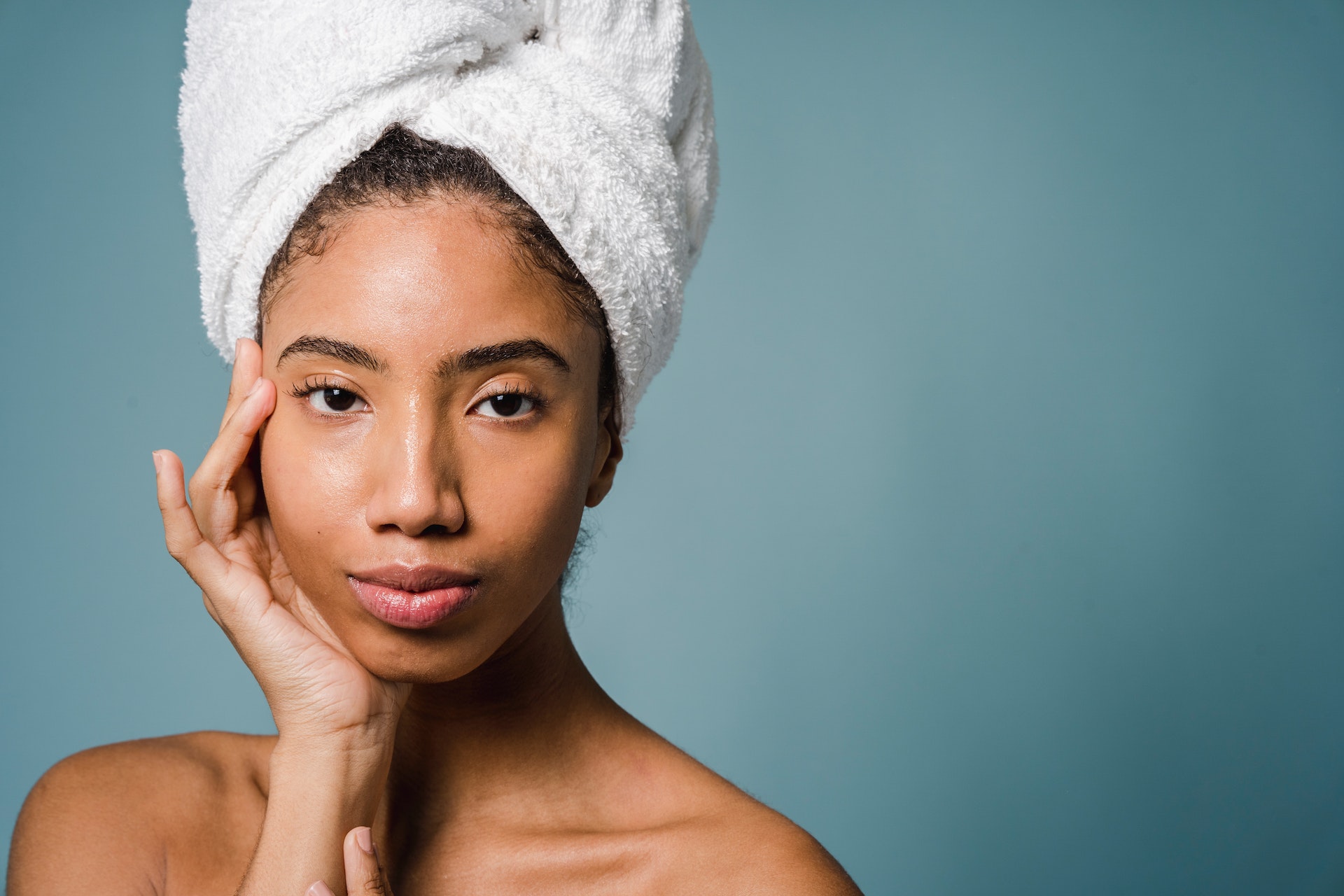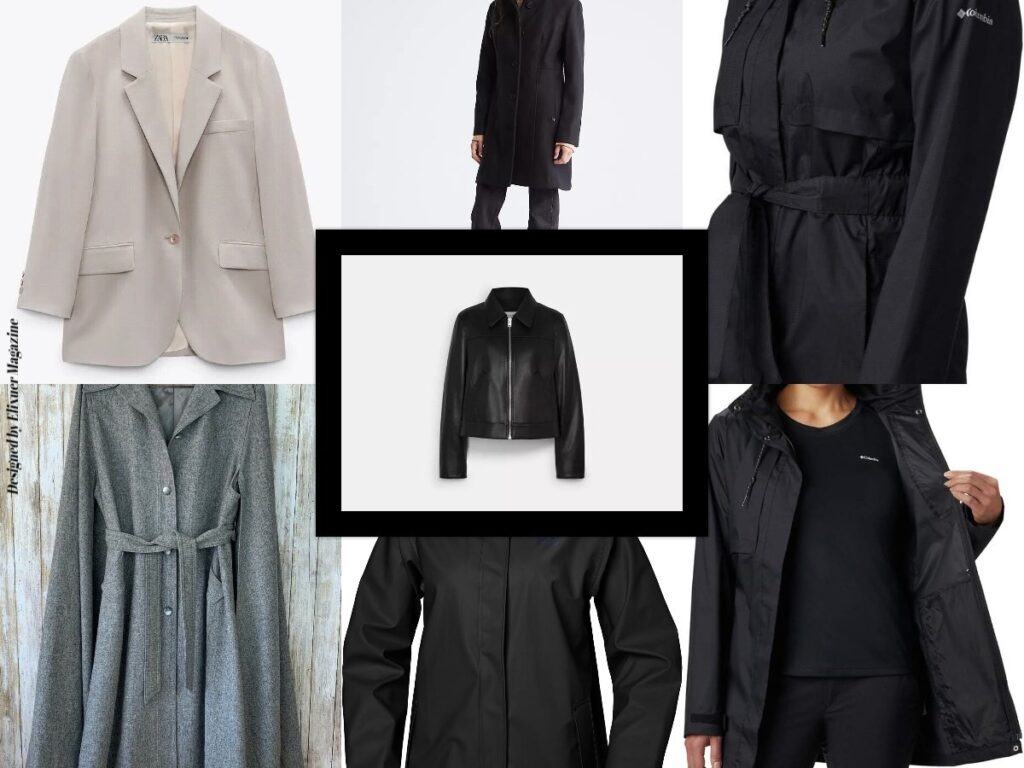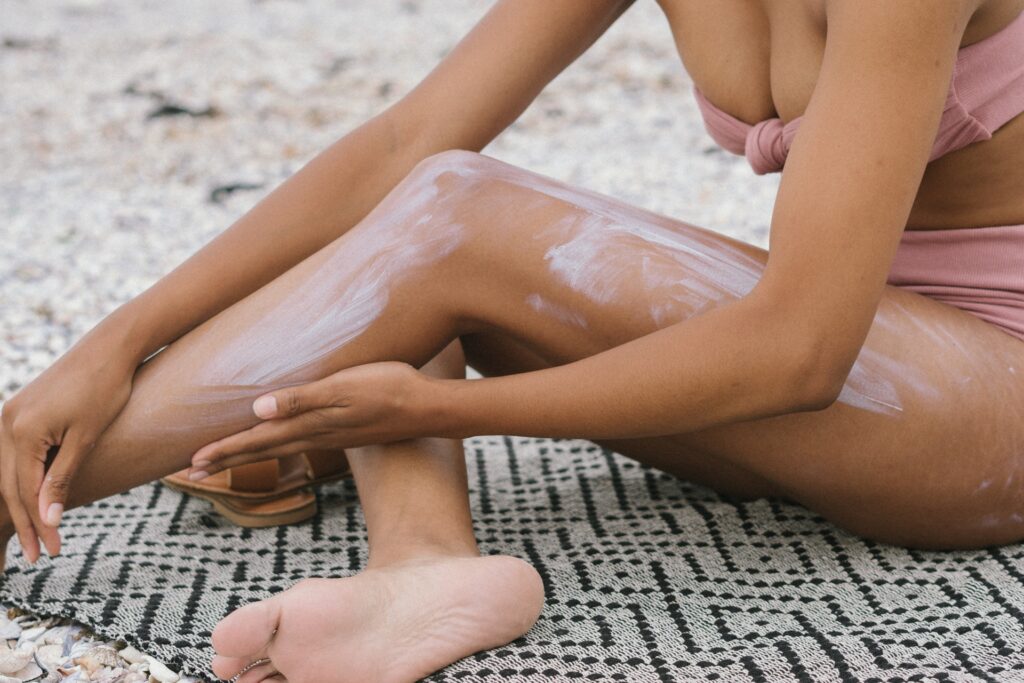There is no straight answer for the best way to maintain curly hair. That’s the annoying thing about waves, curls, and coils: there isn’t a one-size-fits-all approach. Everyone’s wave pattern is different, and what works for one person may not work for another. In the winter, it gets harder because there’s less moisture in the air, and curls live off hydration. Curly-haired girls will have to invest even more time, product, and effort into maintaining their locks. However, it’s worth it for those gorgeous bouncy curls. So, here are a few tips to get your tresses to thrive during the colder months.
Figure Out Your Hair Type
If you’re new to maintaining your curls and getting down a routine, you need to figure out what your curl type is first. There’s a science behind curl formation and how to care for each type. Curly hair can be wavy (type 2), curly (type 3), or coily (type 4). These are then broken down even further by the tightness of the curl (a, b, and c). In short, the higher the number, the curlier the hair and the tighter the coil.
The best way to find out your curl type is to pluck a few strands o- your head while the hair is still wet and lay them down on a flat surface. They will take on their natural shape while they dry. Depending on the shape and pattern, you can figure out what your curl or wave needs in terms of product and routine care. Generally, the tighter the coil, the more moisture is needed.
Ramp Up Your Shower Routine
Hair wash day is a whole production for curly-haired girls. In the winter, it only gets more intense. If in the summer, you wash and deep condition your hair every other week, try doing it every week in the winter months. Supply your hair with nutrients, moisture, and protein to help prevent breakage. The bottom line is to load up on conditioner and pro-moisture products. Use a wide-tooth comb in the shower to detangle your locks. After the shower, you really shouldn’t be using a brush or comb, or even your fingers an excessive amount.
Co-Wash Your Hair
Shampoos that include sulfates can strip your hair of natural oils and moisture, leaving your hair dry and prone to breaking. This is especially true in the winter. Co-washing is a method in which you wash hair with just conditioner. Find a conditioner with no silicones, which can cause buildup that will coat your hair. Look for ones that contain emollients, like shea butter and wheat germ, and moisturizers, like amino acids and aloe vera. If you have extremely dry hair, you could benefit from this.
This method of washing works better for those with type 3 and 4 hair as a thick conditioner might weigh down wavy hair. However, if you still want to try it, use a lightweight co-wash that contains fewer oils. Just be aware that not using any kind of shampoo could lead to scalp issues because co-washing tends to miss sweat, dead skin cells, product buildup, etc. If co-washing works for you, consider using a sulfate-free shampoo every 7 to 10 days to make sure you get rid of unwanted dirt and dust.
Seal Your Ends
Some people like to use the LOC Method: apply a liquid to your ends (usually a leave-in conditioner), then oil, then hair cream. Others prefer the LCO Method: seal your hair with oil after locking in moisture with liquid and cream. Sealing your ends protects them from dry winter air and other elements that can suck out the moisture.
Turn Down the Thermostat
Changes in humidity have a negative effect on hair texture. The humidity of the environment puts moisture in or takes it out of hair through osmosis. In winter, moisture is drawn out of hair because the air is drier, which can lead to brittleness. This also happens indoors. Turning up the heat in your house may keep your toes warm, but it can be drying for your skin and hair. Lower your thermostat before going to bed and use a humidifier to keep moisture in the air.
Satin-Lined Everything
If you’re not sleeping on a satin pillowcase yet, that’s the first thing you need to do. Then, start thinking about investing in silk-lined hats. There are also silk scrunchies for tying your curls in a loose hold. Wool and other knitted materials aren’t going to do you any favours. Hats and scarves made from these materials create knots and tangles. They rub against the hair strands, causing static electricity that can cause frizz and fly-aways, so silk or satin is your best bet.
Cater to Your Hair Porosity
A simple way to figure out what your hair needs in the winter is to find out how porous it is. Hair porosity is the ability of hair strands to absorb and hold in moisture. The more porous it is, the more moisture moves in and out of hair strands. Low porosity hair has cuticles that are tightly packed, making it harder for moisture to penetrate the hair shaft.
You can test porosity by putting a strand of hair into room temperature water. The more it sinks to the bottom, the more porous it is. If you have high porosity hair, increase the use of oils, butters (such as shea butter), and creams to seal in moisture. Hydrate with silicone-free conditioners that have higher protein content, such as keratin, to help strengthen hair. For low porosity hair, moisturize using light-weight creams, apply leave-in conditioners and moisturizer to wet hair so it will be better absorbed, and deep condition with steam or gentle heat. As mentioned before, both types will benefit from the LOC/LCO method and silk accessories to reduce frizz and preserve moisture.
Helen Jacob | Staff Writer








